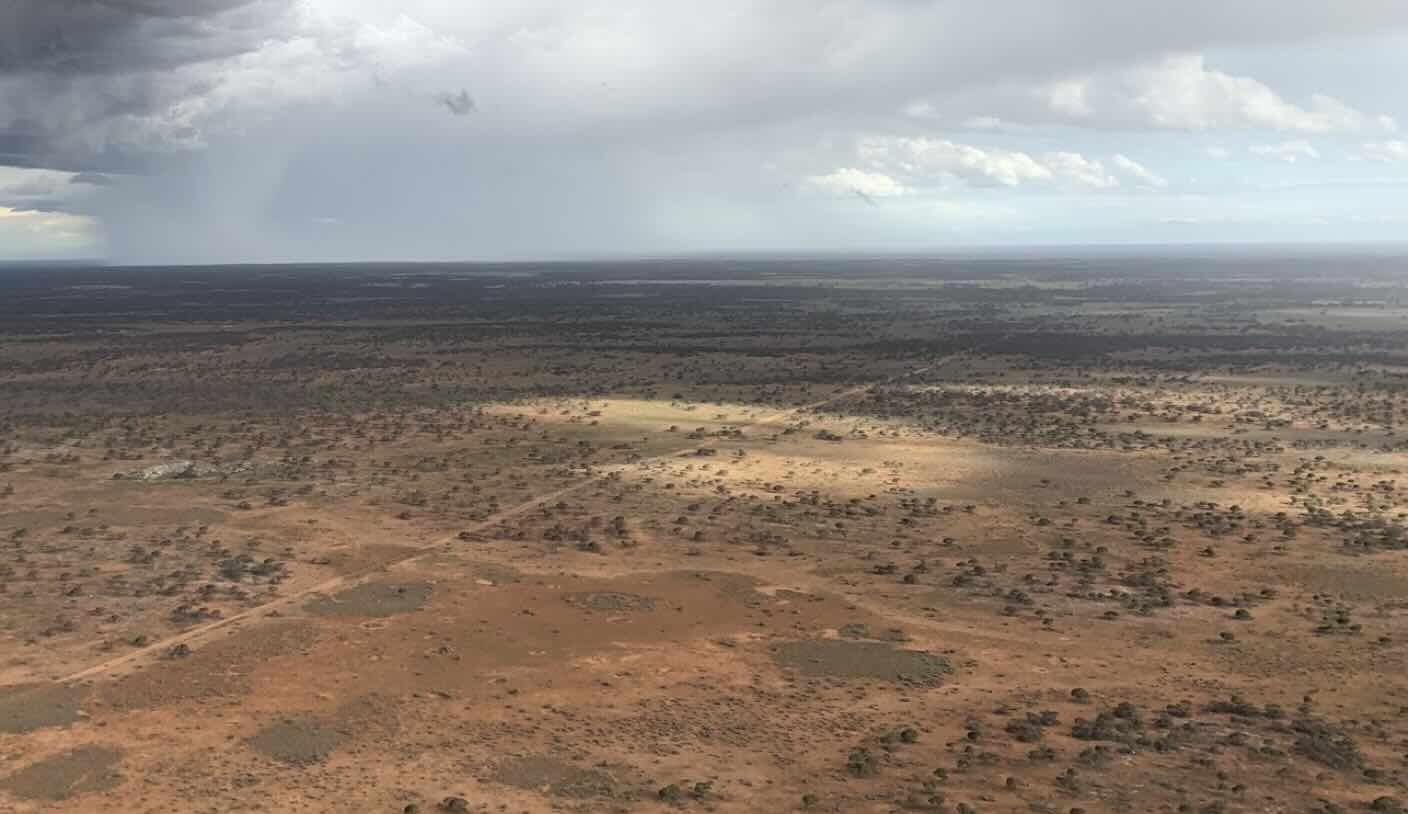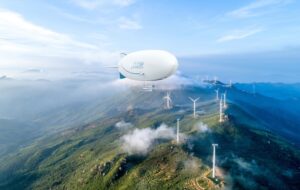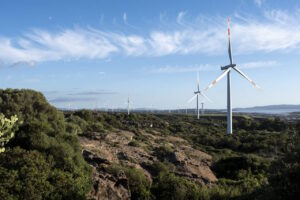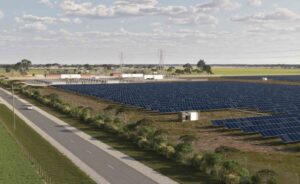A massive 70 gigawatt (GW) wind and solar project – which would be the biggest in the world if fully developed – has been told of its environmental assessment criteria as it begins its work through the state and federal planning processes.
The Western Green Energy Hub – which was already the potentially the world’s biggest before being increased in ambition from 50 GW to 70 GW – aims to be built in stages and progressively feed into massive green hydrogen and green ammonia production for use in industry and export.
The scale of the project – it is equivalent to the entire capacity of Australia’s main grid – and its location, which effectively straddles major parts of the Nullarbor Plain on unallocated crown land and pastoral leases, is sure to attract attention from environmentalists, and others who oppose such projects on principal.
The Western Australia Environmental Protection Authority says that 259 of 282 submissions received called for the project to have a public environmental review, which the company will now be required to do.
The EPA says it is a complex case: “Detailed assessment is required to determine the extent of the proposal’s direct and indirect impacts, and whether the EPA environmental factor objectives can be met,” it said.
It cites the potential significant effects from the clearing of 27,188 hectares, the impacts on benthic (water based) communities and habitat, dredging and ship movements; the potential collision with wind turbines and vehicles, and on inland waters and subterranean land forms in the Nullarbor Plains limestone karst system.
The Western Green Energy Hub – which is owned by Hong Kong-bsaed Intercontinental Energy, CWP Global and Mining Mining Green Energy, which representing indigenous landowners – says it will now undertake that Public Environmental Review (PER) that will include technical studies already commenced by the company.
“Located across a large area of the Hampton Tablelands, the WGEH project is complex and requires great care to progress; we are fully aligned with the EPA prescribed level of assessment, and the related assessment requirements,” CEO Ray Macdonald said in a statement.
“To ensure our investigations are thorough, we have already spent considerable time on-country, with traditional owners, environmental and cultural heritage team and we will now move into more targeted and advanced studies”.
“The resulting information will continue to inform WGEH on species, ecosystems and other values that are protected or particularly sensitive”
“This in turn will guide our primary avoidance strategy, meaning related areas can be totally avoided and buffer zones introduced to ensure we have no physical overlay nor impact”.
The first stage of the project is likely to comprise around 6 GW of wind and solar capacity, enough to produce around 330,000 tonnes of green hydrogen a year at a hub close to Eucla, near the South Australia-W.A. border.
The long term ambition is produce around 3.5 million tonnes of green hydrogen and other hydrogen vectors – such as green ammonia – that could be used in power generation, shipping fuels or minerals processing.
At its full capacity, it would comprise 3,000 wind turbines – some of them potentially sized at up to 20 megawatts each – and six million solar panels installed across 2.29 million hectares.
It is one of a number of major projects looking to tap into the Australia’s ambitions to be a renewable energy superpower, including the 26 GW Australian Renewable Energy Hub that is also backed by CWP Global and Intercontinental, and now led by BP, and the 20 GW plus SunCable project in the Northern Territory.
Macdonald says the prospects for green hydrogen will be boosted by the federal labor government’s proposed $2 per kg renewable Hydrogen Production Tax Incentive, which faces a tricky passage through parliament this week.
Macdonald says the company hopes to reach financial close on the first stage in 2029, with the rest of the project to be built out over subsequent decades.
“











Leave a Reply